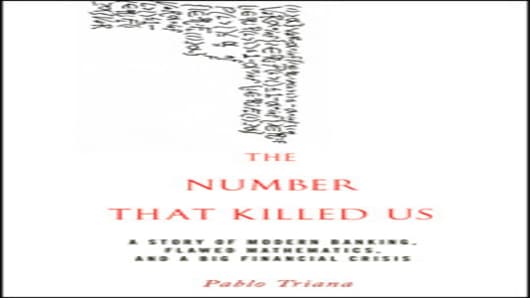Why does VaR produce such low numbers? VaR is supposed to measure future setbacks deriving from a portfolio of trading assets, with a given degree of statistical confidence. For instance, a $50 million 95% VaR “predicts” that you will only lose more than $50 million twelve days a year.
In order to arrive at those numbers, VaR focuses on the rearview mirror, essentially assuming that the future will be like the past. But in the markets, the past is not prologue especially if, as VaR tends to do, you rule out the possibility of extreme events. If the recent past, as was certainly the case in the run-up to the credit crisis, has been calm and placid VaR will say that the future will also be calm and placid, thus no need for prohibitive capital charges (notwithstanding the obvious fundamental riskiness of a portfolio). “There's no risk!”, VaR loudly proclaimed all those years prior to mid-2007, “Freely gorge on that Subprime stuff!”.
Before VaR, which was enshrined into law by international banking regulators around 1996 and finally adopted by the SEC in 2004, the capital charges on toxic trading stuff would have been way less economical for traders, effectively making it unaffordable for banks to bet the entire farm on such dangerous punts. Without VaR, monstrous leverage on balance sheets inundated with high-stakes punts would not have been possible. Many job losses would have been avoided.
The adoption of VaR was a mistake. Policymakers and many bankers placed too much trust on a concoction born to underestimate risk and to enable reckless behavior. The math had its chance, and it failed miserably. It´s time to go back to basing the most relevant financial decisions on experience-honed, intuition-fueled common sense.
Pablo Triana is a professor at ESADE Business School and the author of "The Number That Killed Us: A Story of Modern Banking, Flawed Mathematics, and a Big Financial Crisis" (Wiley, December 2011).
Email me at bullishonbooks@cnbc.com — And follow me on Twitter @BullishonBooks


